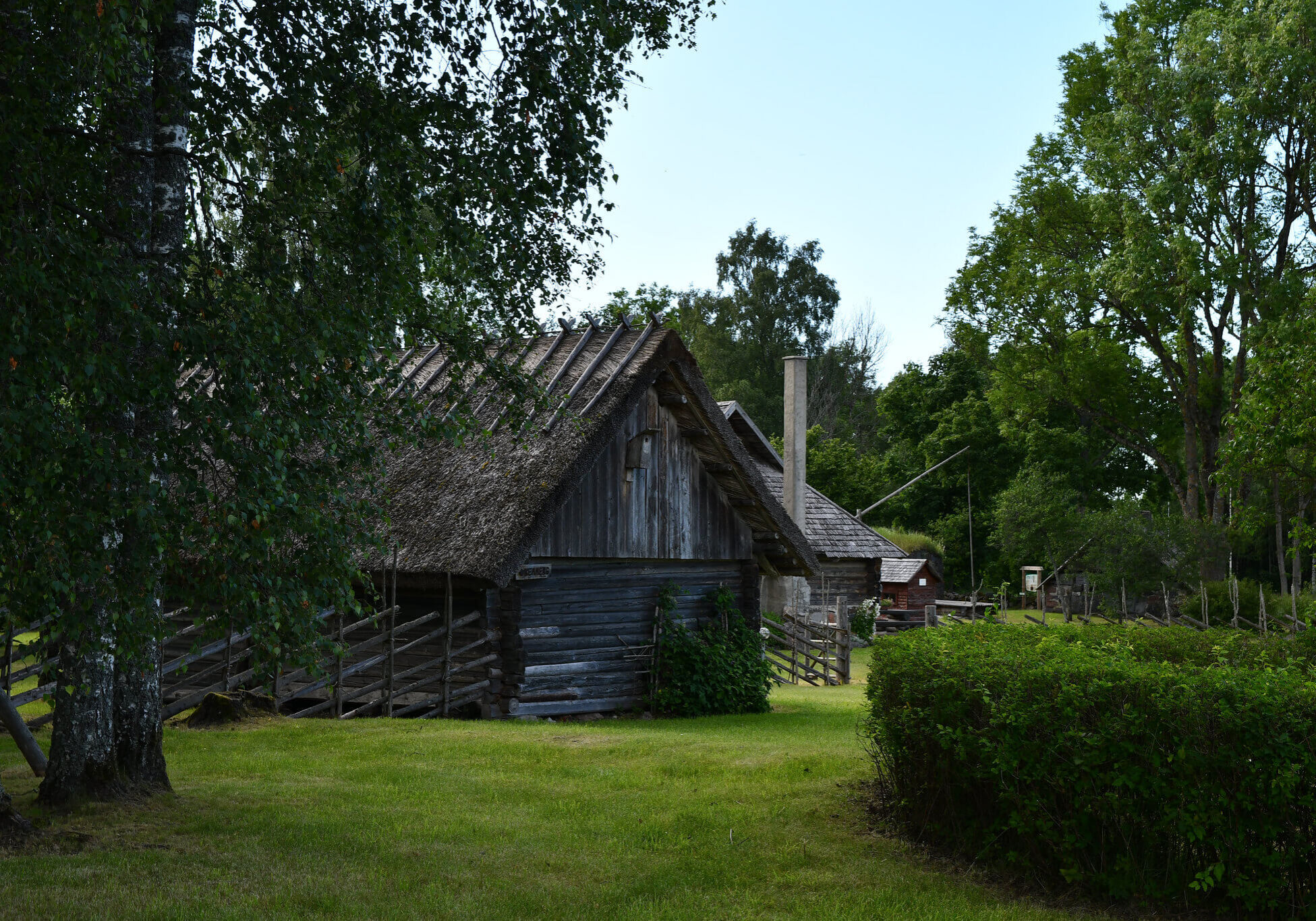Enchanting village life

People around the world are increasingly moving to cities. But only well-functioning villages can sustain rural life. Indeed, there is only one small town on the island of Hiiu, Kärdla, but over 180 villages. The story of how each village came to be and the sequence of events is different. But it’s exciting to search and find what catches their eye today. Whether it’s a preserved windmill, an old manor house, the story of a great man or a modern business in operation. Start looking and experiencing!
The route includes the following stops:
See other routes
Not all of us are born sailors, but you can get a small taste of the maritime life by travelling around the world. Especially, of course, if that land is the island of Hiiu. Why were lighthouses built, how are harbours developed, when did iron ships replace wooden ones and are there still fish in the sea? Keep in touch with the sea and you’ll learn a lot about it.
How, what, who or what rituals people believe in has changed over time. Worshipping of protective heather trees, land mothers and spring spirits began in Hiiumaa in the 13th century. All this took time, and so it is still possible to go to the sacred trees (Tärkma oak and Ülendi lime). Of the Christian churches on the island, you can see large parish churches (such as Pühalepa, dating from the 13th century), auxiliary churches or chapels (such as Kassari), Orthodox churches (such as Kuriste), as well as houses of worship of the Brethren, Baptists or Pentecostals. In addition to these, pastorates (such as Reigi), cemeteries (such as Kuri) and parsonages (such as Käina) are closely linked to religious life. This is all worth exploring.
Hiiumaa is a nature lover’s paradise. Almost 70% of the island is forested, some of which is now very scarce under virgin forest. Plants, animals and birds that are rare in Estonia can also be found on beaches and in meadows. Meteorite craters, hundreds of millions of years old, are an attraction, as are boulders and rock caves. Freshwater springs, deep karst caves and special coastal lakes offer additional experiences. Start the tour!
Hiiumaa can be explored in many ways: by walking around with a backpack on, by driving through important places with a guide, or by setting up and discovering routes yourself with the help of maps, guidebooks and internet information. The lighthouse journey is one option.
Where did you get such a name-lighthouse tour? This is another update of an old idea.
1990. Douglas Wells, a peace corpsman from far away Nebraska, volunteered in Hiiumaa. He has even written a book about his life in Estonia called “The Adventures of the Yankee in Hiiumaa”. One of the things with which he left his mark on Hiiumaa was the marked and labelled objects and the accompanying book with explanations. All this was intended for tourists arriving by car on the island, which had been freed from the border zone. New and modern information boards have now arrived, but the book still remains. Slight changes have been made to the objects that will be presented – but the idea itself has also remained the same. This means that the lighthouses, with their beams of light, act as guides and signposts for discovering the island of Hiiumaa.
